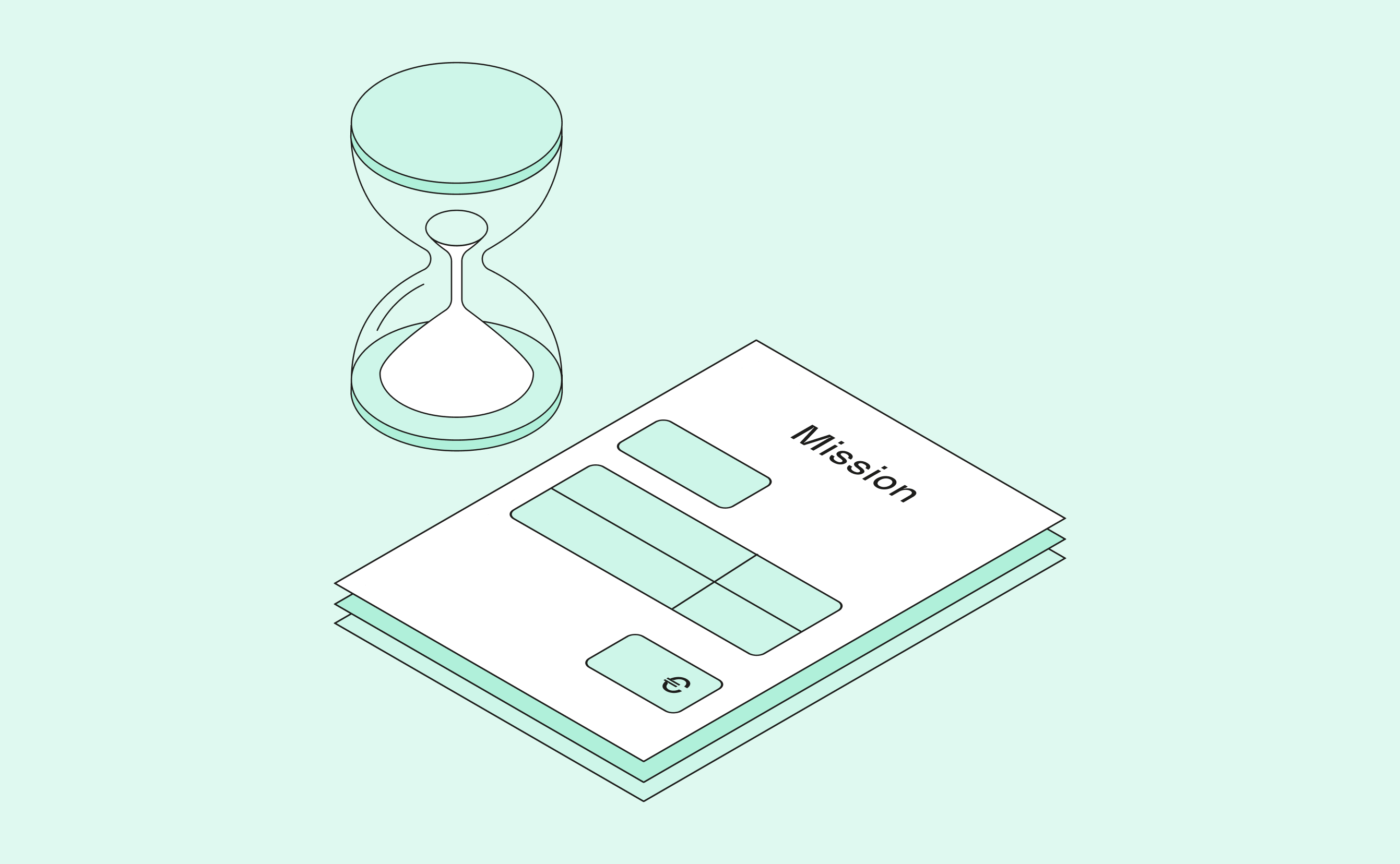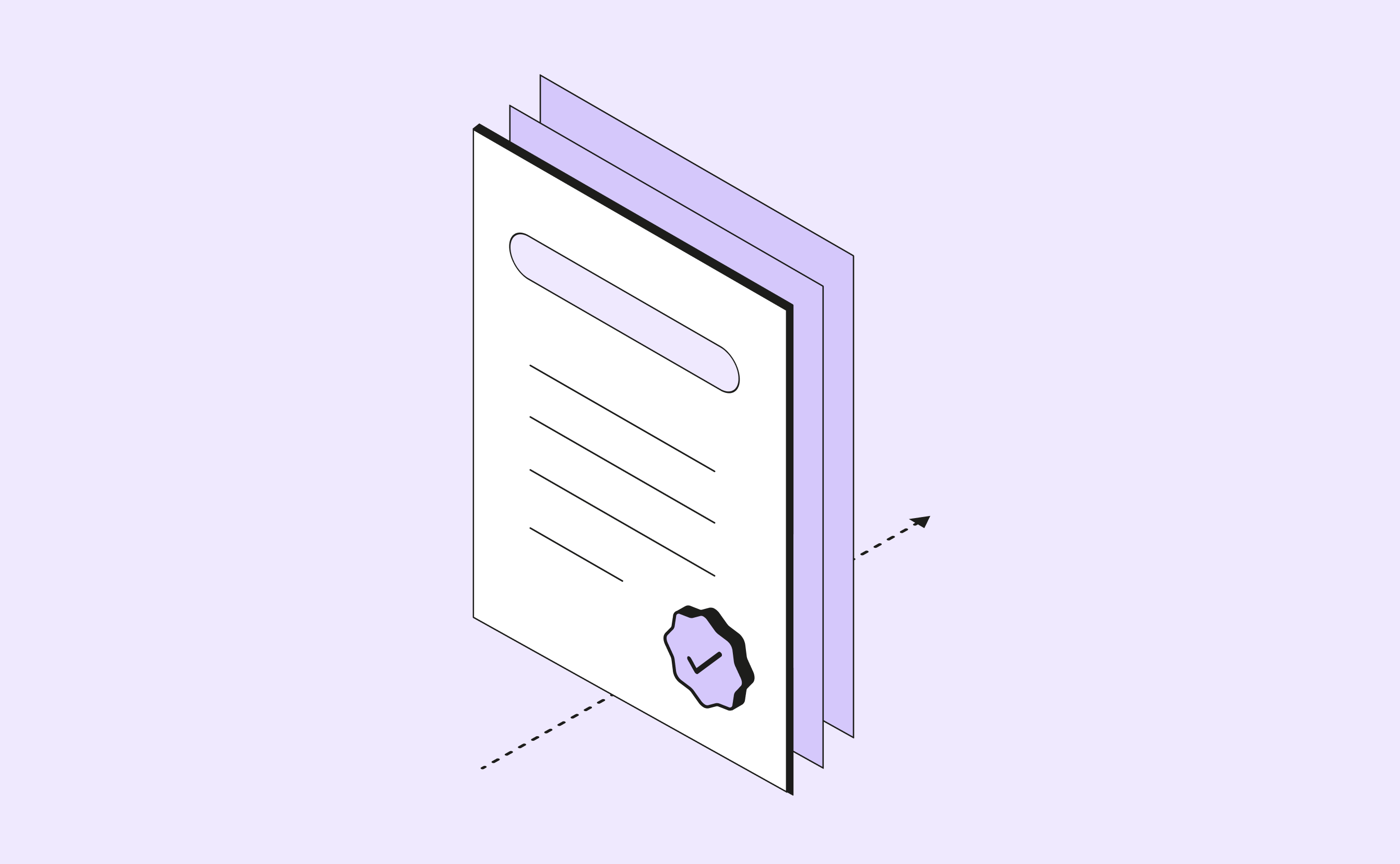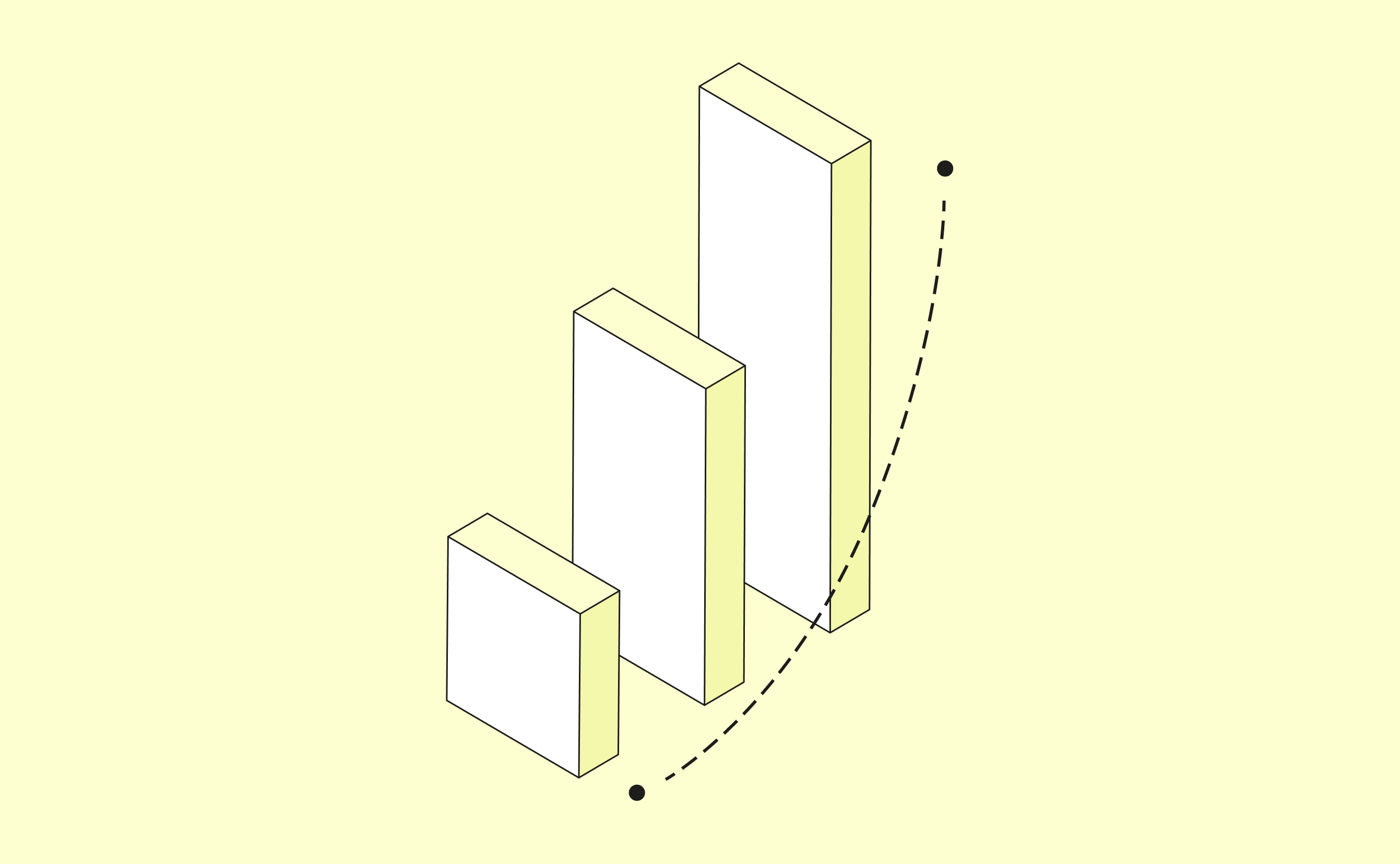What happens if your customer ignores even the formal letter of demand? All is not lost. The law is on your side and must be obeyed.
Taking someone to court can be a scary process that may seem too long and too costly for a lone freelancer. But it needn’t be.
An ‘order for payment’ procedure (in French, la procédure d’injonction de payer) is fast, relatively hassle-free and specifically designed for small-scale commercial disputes.
How does an order for payment procedure work?
It’s not as head-bangingly complicated as you might fear, as long as you are in the right. First, you need to fill out a procedural form (you can get that via
this link) and then send it to the head of the trade tribunal (
Président du Tribunal de Commerce) in the jurisdiction where your customer has a registered address.
Along with this form, you will need to send:
- the signed cost estimate or contract (hence the importance of creating one at the start of the mission);
- the invoice;
- any emails and letters you’ve exchanged on the subject;
- the reminder letter;
- the formal demand letter and confirmation of its delivery.
Once your documents have been treated, you’ll receive a payment order that you send to your customer to sign via the intermediary of a bailiff (in French, un huissier). It falls on you to contact the bailiff and pay them a fee of, on average, around €50 for the procedure, a sum that you will recover from your customer at the same time as the unpaid invoice.
The late-paying customer will then have one month to contest the payment order. There are two scenarios:
- Scenario 1: the customer accepts the order. The amount of the unpaid bill - along with any penalties and recovery fees - will be taken from the customer’s account and transferred to you.
- Scenario 2: the customer contests the order. You will then have to appeal and argue your case before a judge, although you may not necessarily need the assistance of a lawyer. Often, these hearings take place behind closed doors in a judge’s office.







